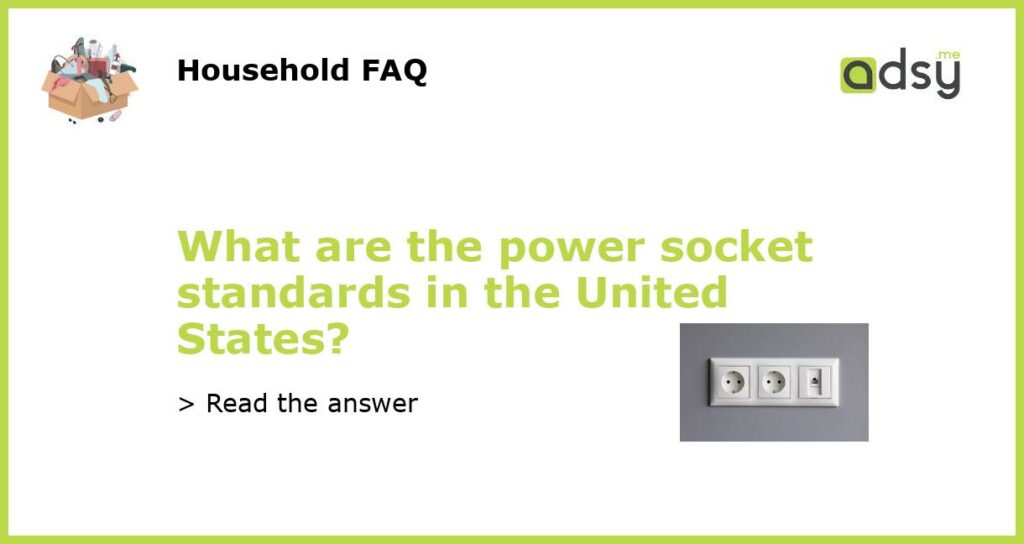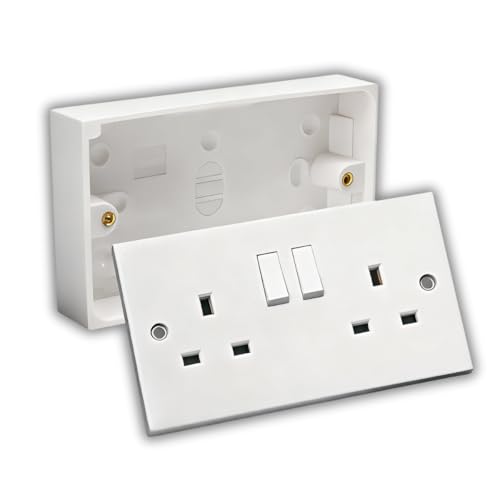Understanding Power Socket Standards in the United States
When it comes to power sockets, it’s essential to know the standards and regulations of the country you are in. In the United States, there are some unique power socket standards that differ from those in other parts of the world. This article will guide you through the power socket standards in the United States, helping you understand the plug types, voltages, and safety measures.
The Most Common Power Socket Standard: Type A and Type B
In the United States, the most common power socket standard is Type A and Type B. Type A sockets are ungrounded, with two flat parallel pins. Meanwhile, Type B sockets are grounded, with two flat parallel pins and a grounding pin. These sockets are compatible with plugs that have two flat pins or two flat pins with a grounding pin.
The Importance of Voltage and Frequency
Power sockets are not just about the physical plug shape; they also involve voltage and frequency. In the United States, the standard voltage is 120 volts, and the frequency is 60 Hz. It’s crucial to consider these specifications when using electrical devices from other countries. If the voltage and frequency requirements of your device differ from the U.S. standards, you may need a voltage converter or transformer to ensure proper functionality and prevent damage.
Safety Precautions and Regulations
Electrical safety is of utmost importance, and the United States has several regulations in place to ensure the safety of its citizens. The power sockets in the U.S. are required to meet specific safety standards set by organizations such as the National Electrical Manufacturers Association (NEMA) and the Underwriters Laboratories (UL).
When using electrical devices in the United States, it’s important to check for the UL mark, which indicates that the product has been tested and meets the safety standards. Additionally, it’s crucial to follow safety precautions, such as not overloading power sockets and using surge protectors to safeguard your devices from power surges.
Adapting to U.S. Power Socket Standards
If you are planning to visit the United States or move there permanently, it’s essential to adapt to the local power socket standards. Here are some steps you can take:
- Check your electrical devices’ compatibility with the U.S. voltage and frequency using the manufacturer’s specifications or user manuals.
- Ensure you have the appropriate power plug adapters. Adapters allow you to connect your devices’ plugs with the U.S. sockets.
- If needed, consider investing in voltage converters or transformers to adjust the voltage and frequency of your devices to match the U.S. standards.
- Be mindful of the electrical load. Avoid plugging too many devices into a single power socket to prevent overloading and the risk of electrical fires.
- Consider using surge protectors to protect your devices from power surges.
By following these steps, you can safely and efficiently use your electrical devices in the United States while adhering to the local power socket standards.






